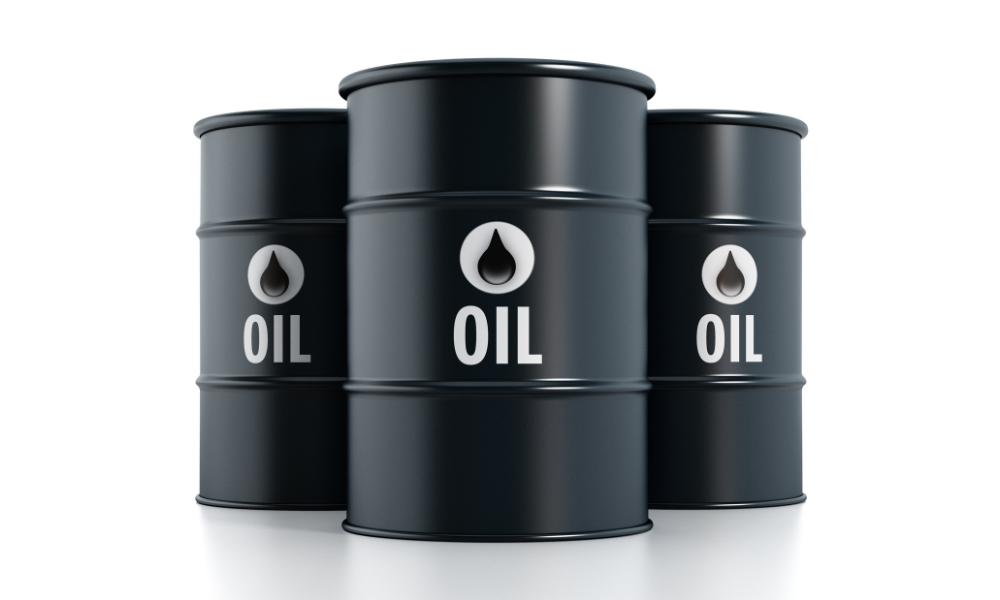

by Jake Lloyd-Smith
A potential US tariff on oil imports would hand consumers a $22 billion bill as higher costs get passed on, while doing little to stimulate domestic crude production, according to Goldman Sachs Group Inc.
The possible levy — which has been floated by the Trump administration, including on flows from Canada and Mexico — would mean a cost equivalent to $170 per household, analysts including Callum Bruce said in a note.
Global commodity markets including oil have been rattled since Donald Trump was sworn in last month, as the president presses home an aggressive series of moves to shake up the global trading system. In addition to the actions threatened against imports from Mexico and Canada, the administration has taken aim at shipments from China and vowed charges on steel and aluminum, as well as so-called reciprocal levies on all countries.
“We find that a 10% US tariff on crude oil would not significantly boost US production because of a mismatch between light oil the US produces and heavy oil many US refiners demand,” the analysts said in the note, which was dated Feb. 21. Meanwhile, average retail gasoline prices may increase by 7 cents a gallon if a 10% tariff is imposed, they said.
Copyright Bloomberg News

Canadian stocks are on a roll in 2025 as the country prepares to name a new Prime Minister.

Two C-level leaders reveal the new time-saving tools they've implemented and what advisors are doing with their newly freed-up hours.

The RIA led by Merrill Lynch veteran John Thiel is helping its advisors take part in the growing trend toward fee-based annuities.

Driven by robust transaction activity amid market turbulence and increased focus on billion-dollar plus targets, Echelon Partners expects another all-time high in 2025.

The looming threat of federal funding cuts to state and local governments has lawmakers weighing a levy that was phased out in 1981.
RIAs face rising regulatory pressure in 2025. Forward-looking firms are responding with embedded technology, not more paperwork.
As inheritances are set to reshape client portfolios and next-gen heirs demand digital-first experiences, firms are retooling their wealth tech stacks and succession models in real time.
